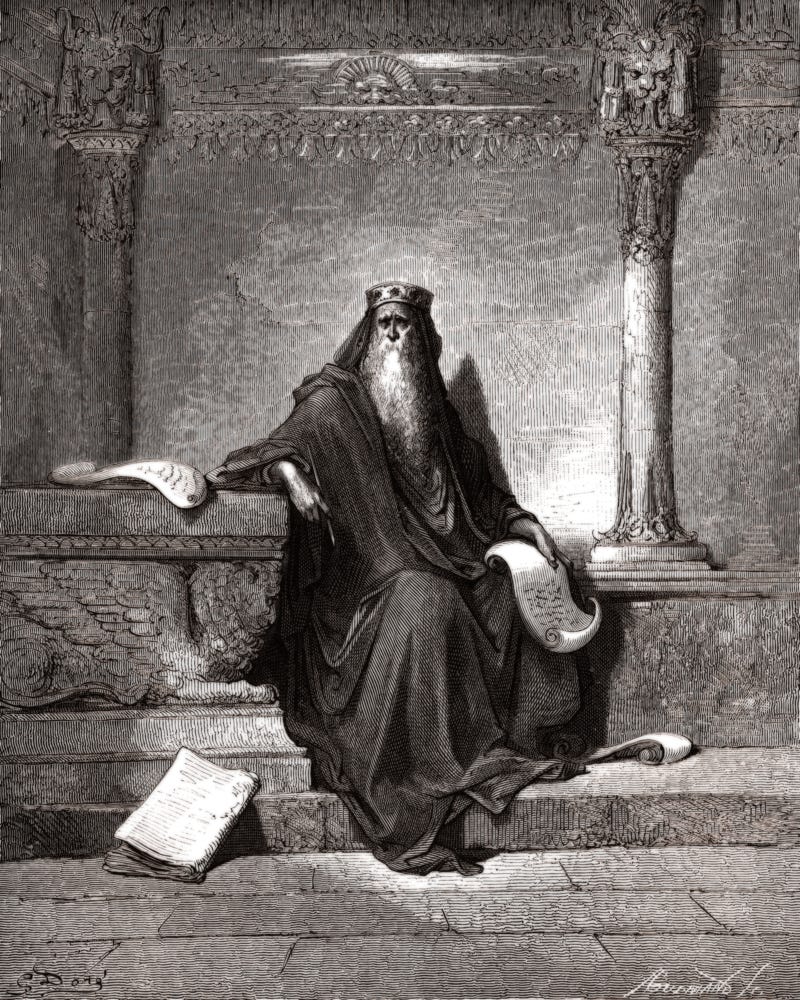A good chunk of mathematical verbiage (especially in the pocket of recreational math1) is taking a common word vaguely applicable to the thing being described and attaching a very strict definition.2 Let’s talk amicable numbers, strict definition and all. An amicable pair is a couple of numbers whose sum of proper divisors is equal to one another. This is a special case of Amicability, as you can have a solo amicable number3 or a triplet (or any tuple). Like we’ve done before, let’s break this definition down and look at an example to keep us grounded. This will be a good deal easier to follow than previous thing definitions, I expect.
Divisors
Most of us bumped into these when we learned multiplication and division. An integer4 n is a divisor of an integer m if dividing m by n leaves no remainder.5 Every positive integer except the squares have an even number of divisors. Prime numbers have exactly two divisors each — 1 and the number in question. 1 is the only number with one divisor (itself). In fact, every number has itself and 1 as a divisor at least. Which brings us to…
Proper Divisors
Mathematics is where the ego goes to die. It’s no place for credit-taking or pedestals or competition.6 Such things would be, dare I say it… improper. So, when considering the number n’s divisors, the proper way to do it is by excluding n. Then, the only proper divisor of a prime number is 1, and 1 has no proper divisors. But we’re more interested in numbers with a lot of proper divisors, like say… 252,138,205,089,007,772,216.7
The Smallest Example
That number seems too large to speak about casually.8 Let’s look at the smallest amicable pair that exists: 220 and 284. 220 is divisible by 1, 2, 4, 5, 10, 11, 20, 22, 44, 55, 110, and 220. Feel free to do the addition on your own, and you should arrive at 284. 284 is divisible by 1, 2, 4, 71, 142, and 284.9 Pretty big numbers for the smallest example. But then again, it takes a special pair to be amicable.
I wrote a little about this in my post about Platonic solids.
That is, a number whose sum of proper divisors is equal to itself, referred to as a perfect number. The smallest is 6, because 6=1+2+3.
This is a stickier part of the definition than it might seem. Rational integers only. There it is again with the strict-but-pedestrian word.
All of this is false.
It just so happens that the computer I’m writing this post on is the very same computer that discovered and verified the amicability of 252,138,205,089,007,772,216 and its pair 265,471,695,662,755,683,784. Or, more compactly, 2.52 × 10^20. Go check out BOINC, the distributed computing project for discovering amicable numbers, among other special numbers.
What makes a number large? I don’t know, I’m no googologist.
Notable (to me?) is the big difference between number of divisors here. 220 has double the number of factors, but they are much smaller.





